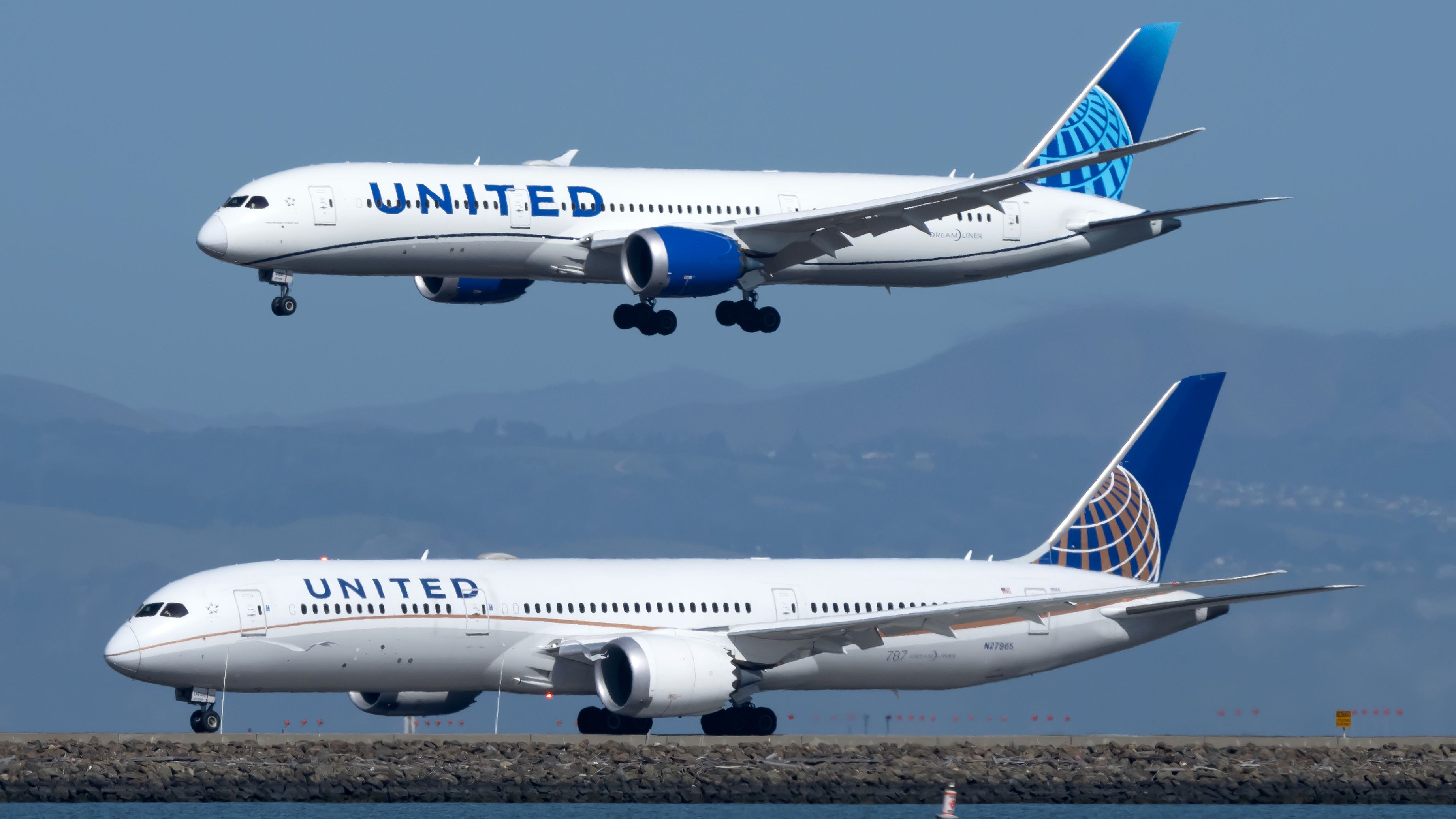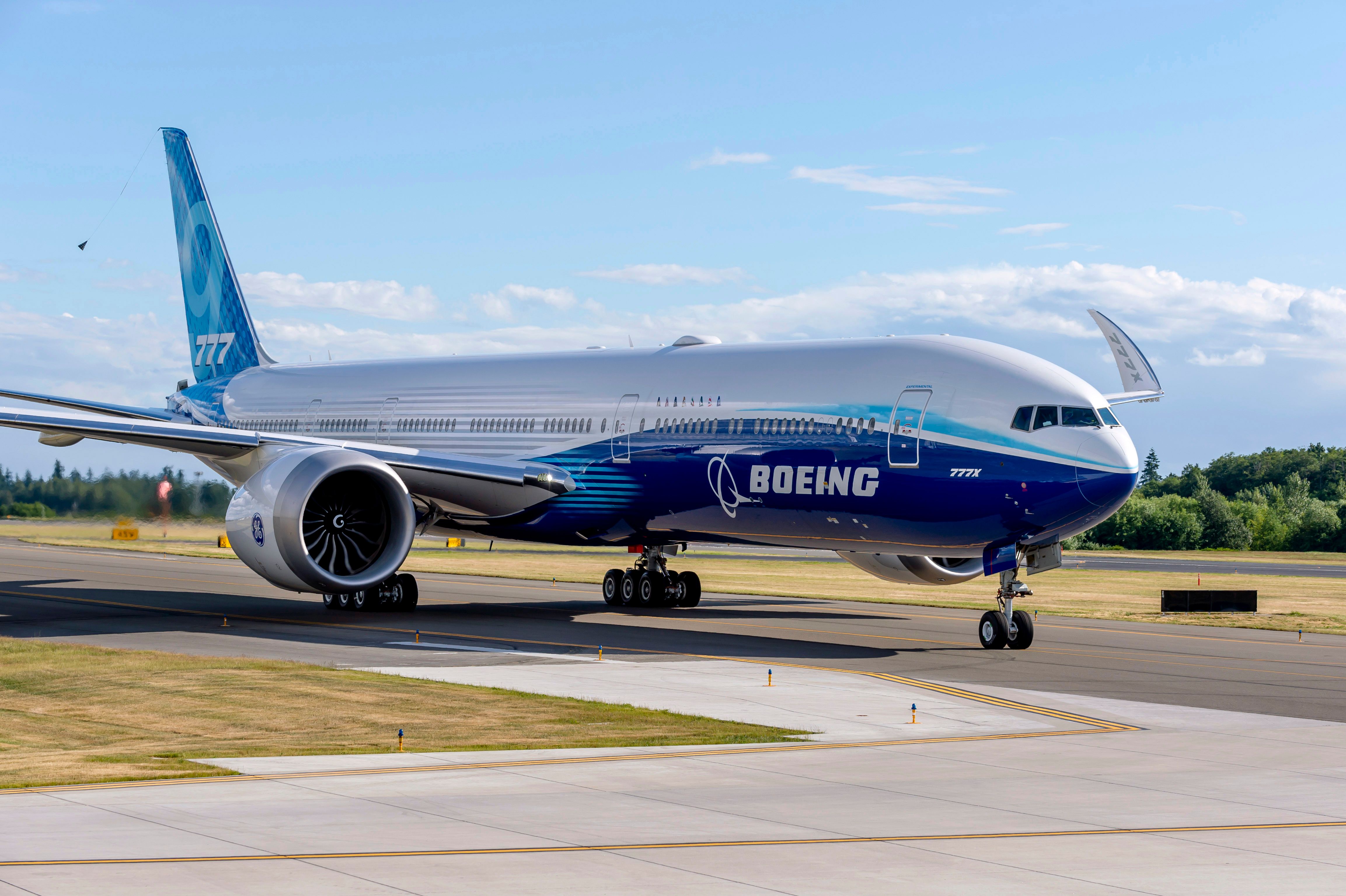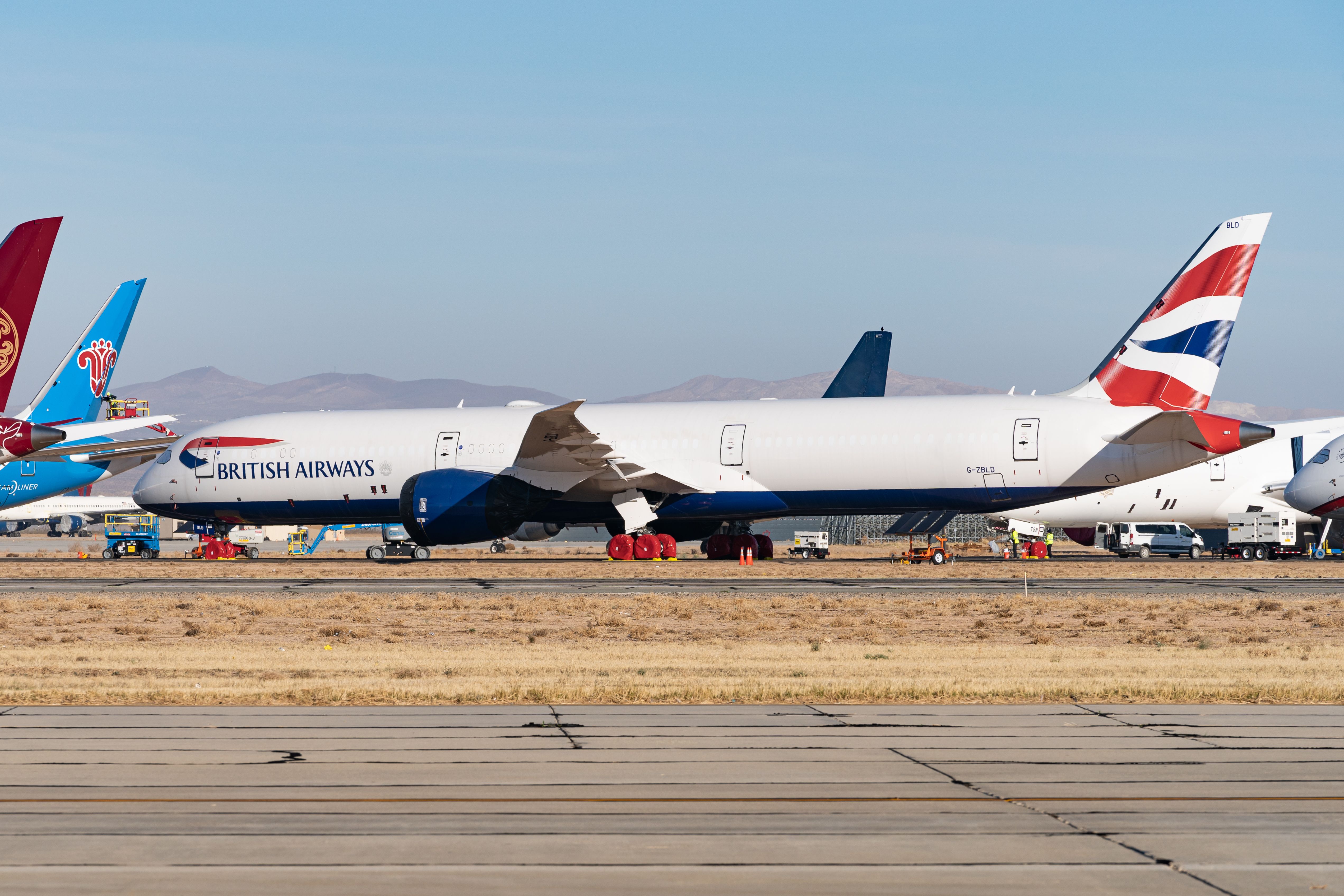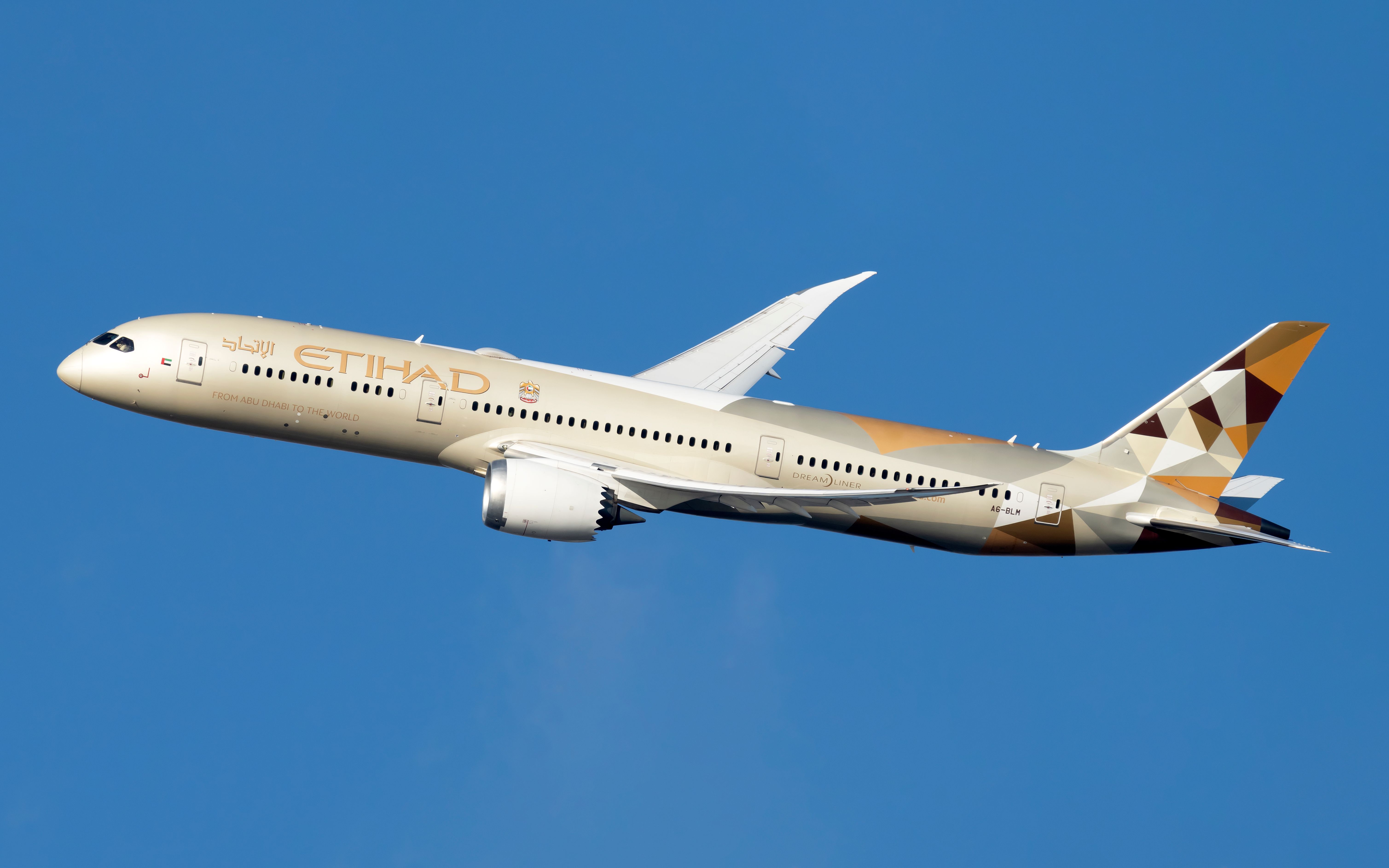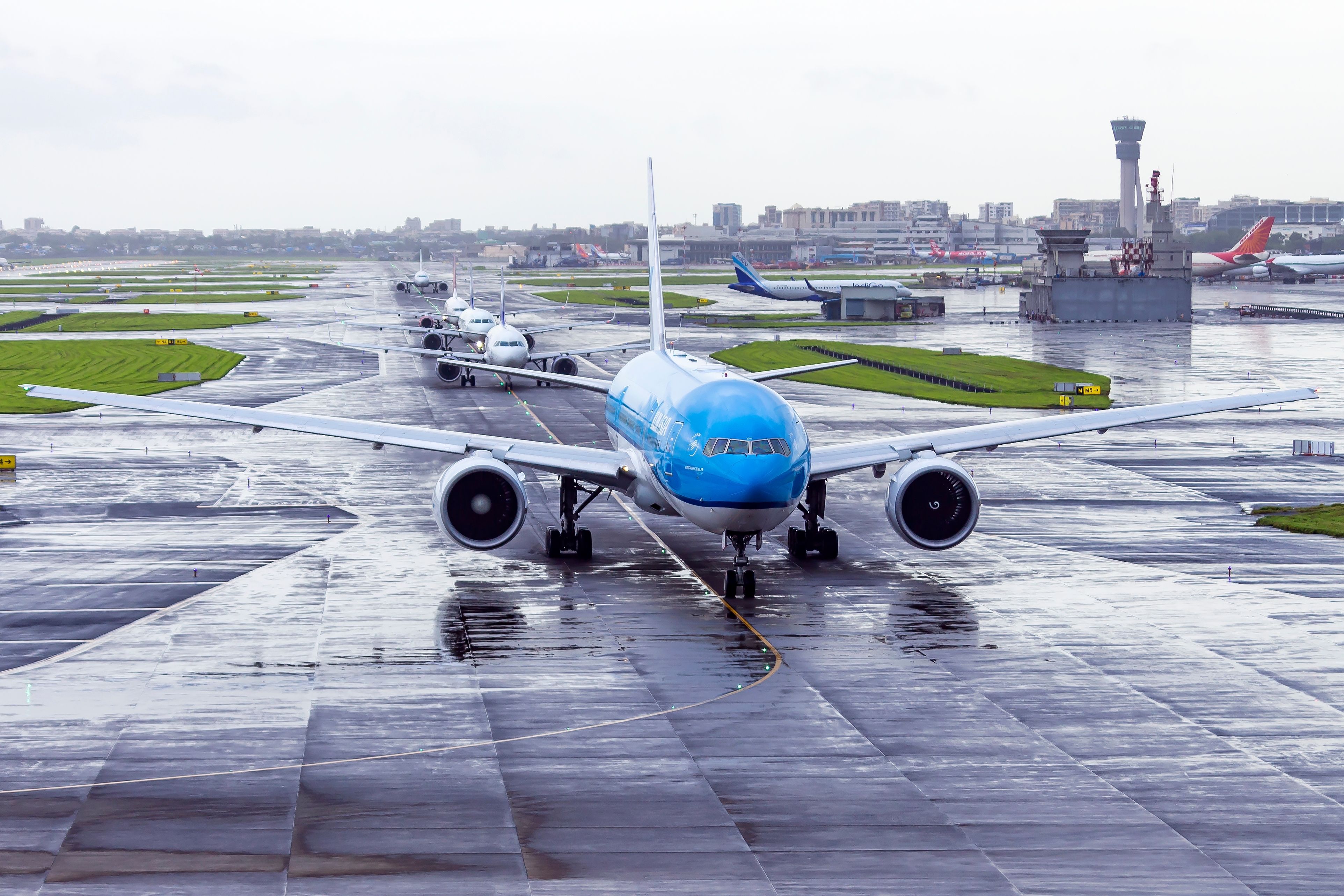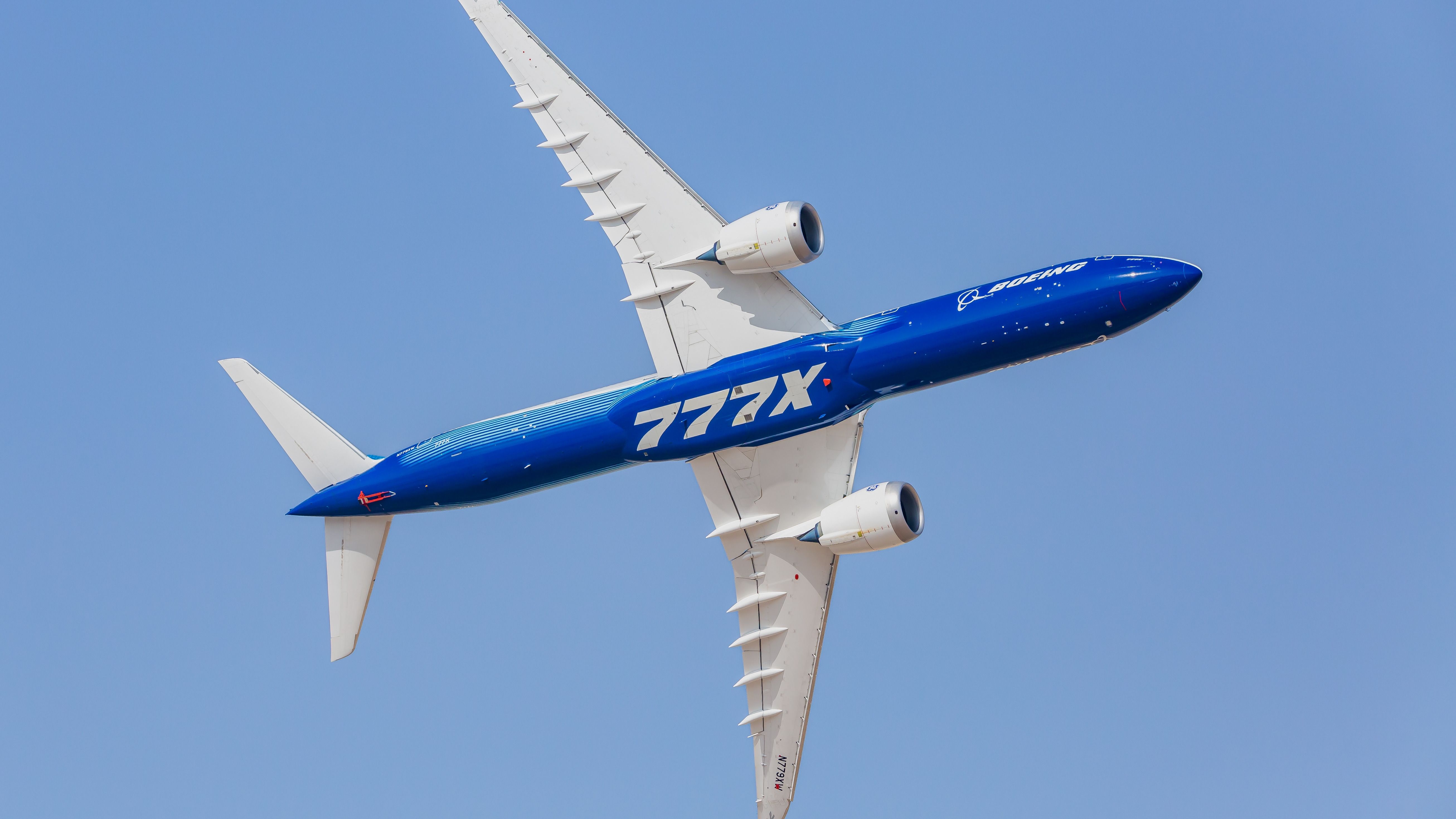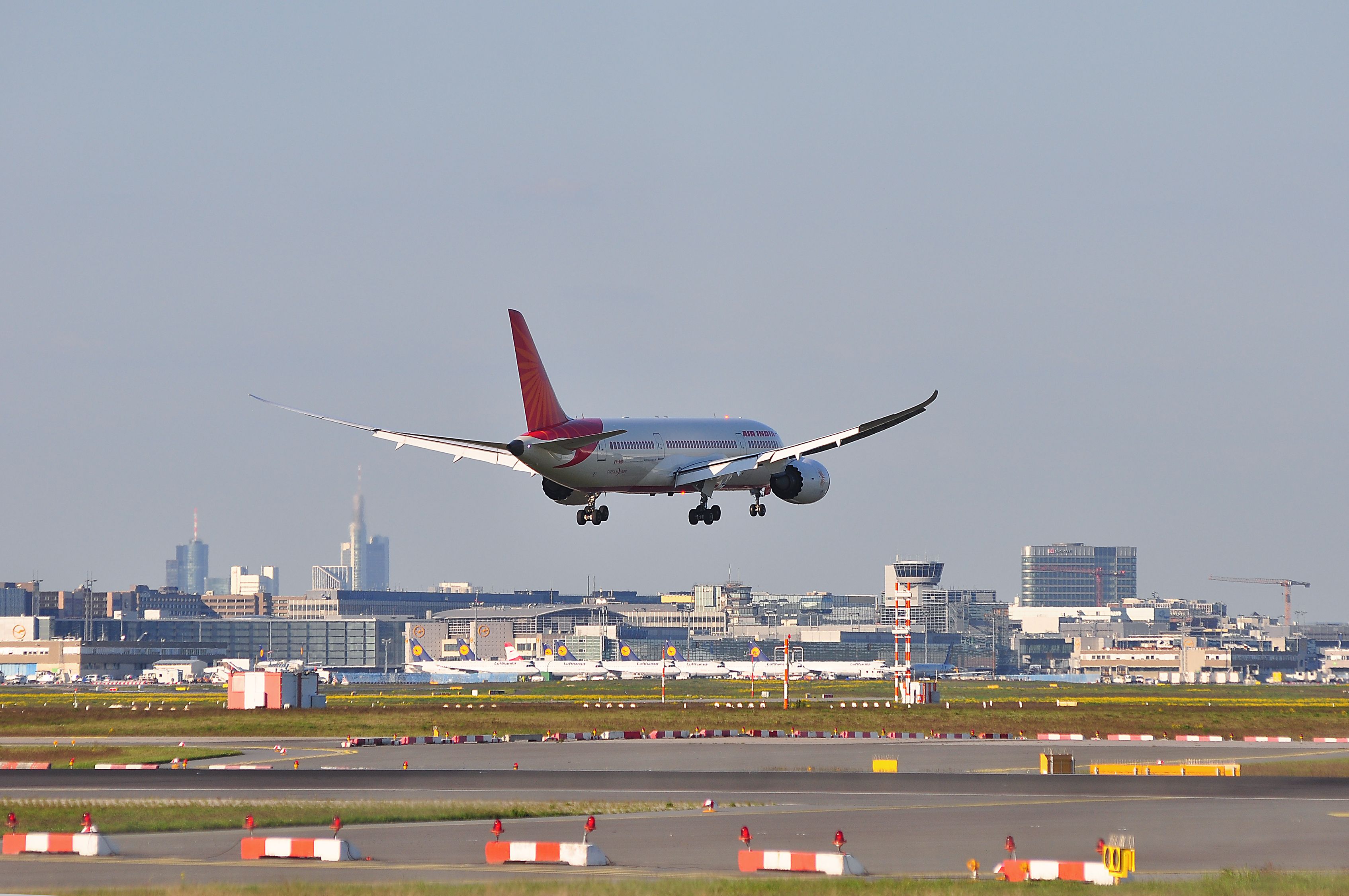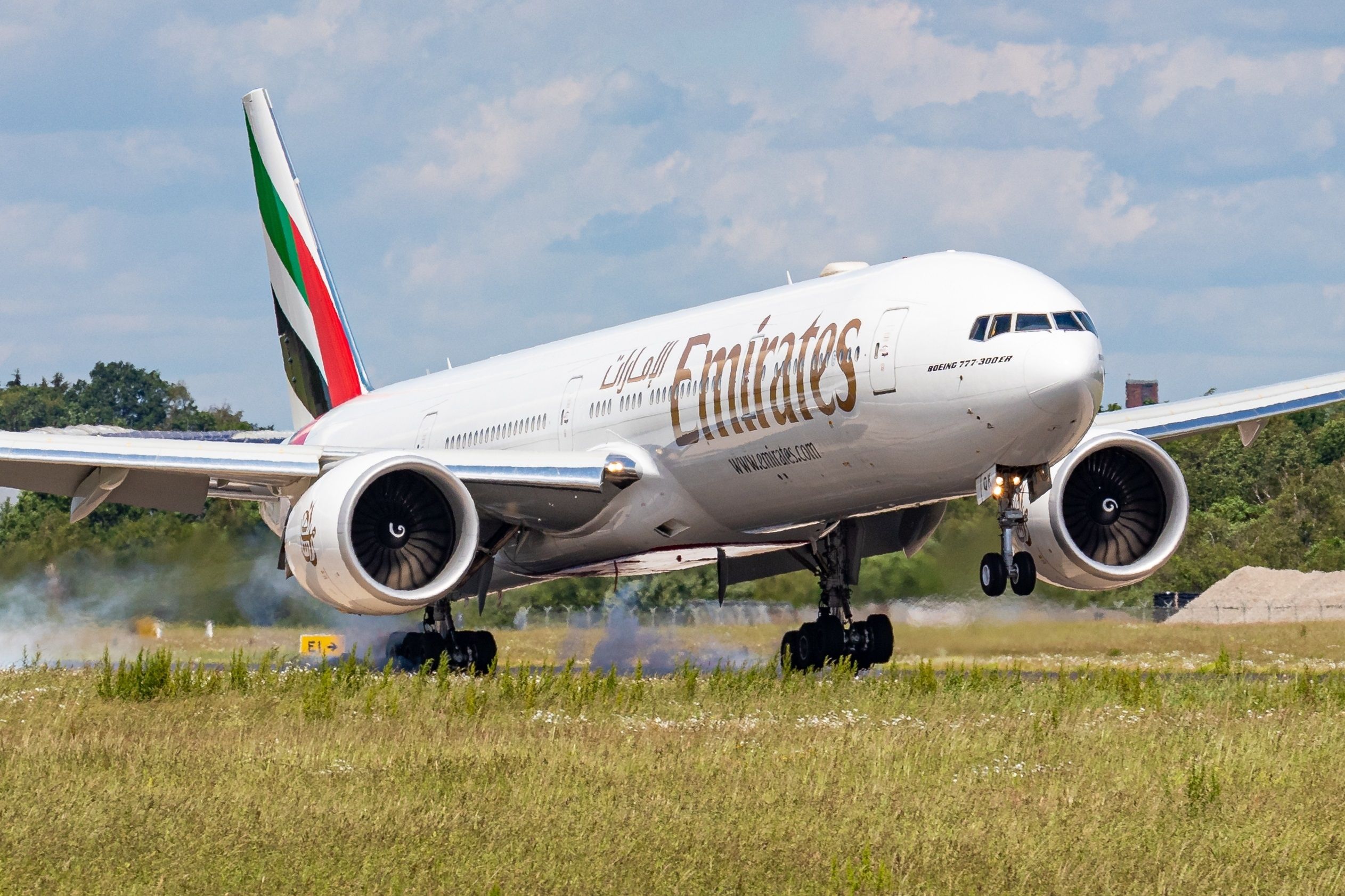The Boeing 787 has revolutionized long-haul travel. It has allowed cheaper long-haul carriers to exist while unlocking new and longer routes. But how does it compare to its predecessor? The 777 used to be the industry's long-haul workhorse, and before the Dreamliner arrived, it was thought to have its future guaranteed.
Not intended as a competitor
The 787 can easily and more efficiently operate many routes the 777 was designed for. As such, many airlines have either upgraded to the 787 or are awaiting the arrival of the next-generation 777X. But how exactly do the two aircraft compare? Before assessing this, it is worth noting a critical piece of information.
This is the fact that Boeing did not initially design the 787 to compete with the 777. Naturally, it would make little sense for a manufacturer to compete with itself. However, we can still compare the two from an airline's perspective to see which comes out on top in areas such as cost-effectiveness, a key metric for any carrier.
Comparing the specifications
Let's start by looking at how the two families' variants directly compare in certain areas, such as size, range, and capacity. You can find the relevant data in the table below, starting with figures corresponding to aircraft from the older (classic) 777 series. However, we will use the extended-range 777s (-200ER/LR/-300ER) for our comparison since these are the ones mainly in service today.
|
Aircraft |
Length |
Wingspan |
Typical two-class capacity |
Range |
|---|---|---|---|---|
|
777-200 |
63.73 m |
60.93 m |
313 |
9,700 km (5,240 NM) |
|
777-200ER |
63.73 m |
60.93 m |
313 |
13,080 km (7,065 NM) |
|
777-200LR |
63.73 m |
64.80 m |
317 |
15,843 km (8,555 NM) |
|
777-300 |
73.86 m |
60.93 m |
396 |
11,165 km (6,030 NM) |
|
777-300ER |
73.86 m |
64.80 m |
396 |
13,649 km (7,370 NM) |
|
787-8 |
56.72 m |
60.12 m |
242 |
13,620 km (7,355 NM) |
|
787-9 |
62.81 m |
60.12 m |
290 |
14,140 (7,635 NM) |
|
787-10 |
68.28 m |
60.12 m |
330 |
11,910 km (6,430 NM) |
As shown in the table, the two smaller 787s (787-8 and -9) top the 777s in terms of range (barring the mission-built yet unpopular -200LR). However, they are considerably smaller, whereas the larger 787-10 is closer to the 777 family regarding its passenger capacity. As such, this will be the primary aircraft we will compare and contrast with the iconic 'triple-seven.'
Get the latest aviation news straight to your inbox: Sign up for our newsletters today.
Passenger capacity
The Boeing 777 is larger than the 787 and thus can carry more passengers. Even comparing the largest 787-10 to the 777-200ER puts it ahead only by 17 seats while shedding significant range. The 777-300ER leads the Dreamliners with 396 seats and almost the same range as the 787-9. Of course, the exact capacity varies from airline to airline.
This has been an important factor for airlines, which still rely on the 777 to provide plenty of premium seats, especially in business class, while also filling up premium economy and economy. Even today, you'll notice that flagship routes are reserved for larger planes and not the 787, which uses its efficiency for high-frequency and long-haul routes.
Operational range
This factor is a little more complicated. The 787-9 is the most popular of its family and boasts an impressive range of 14,140km, beating out any 777 except -200LR, which found little commercial success. However, the 500NM gain over the 777-300ER is somewhat offset for airlines by the 106 fewer seats it offers. Despite this, the -9 has become a workhorse for airlines, flying on 14+ hour missions and tight domestic rotations thanks to its strong economics.
List price
Boeing's list price for the 787 starts at $248.3mn for the smallest variant and rises to $338.4 for the -10. This is a savings over the ultra-popular 777-300ER, which cost airlines $375.5mn during its run compared to just $292.5mn for the 787-9. While this $83mn might be worth it for some airlines looking to fill premium demand, it is definitely a hard choice and one that puts the Dreamliner at an advantage.
Airlines may choose not to take the risk of larger planes nowadays. After all, with trends generally moving away from high-capacity, hub-to-hub travel, they may find it hard to fill the 777-300ER's extra seats. In any case, thanks to bulk deals and other discounts, many airlines don't actually pay the list price when ordering their planes.
Fuel efficiency
The 777 series is, of course, older than the 787 and uses heavier construction materials. Meanwhile, the Dreamliner is famous for being the first airliner with an airframe primarily made up of composite materials, cutting down on weight. The composite fuselage has been described as a game-changer for the industry, saving heavily on fuel burned and total weight.
This contributes to it being a more efficient aircraft than its older counterpart. All I Know About Aviation reports that the 777 series typically consumes 6,080-7,500 liters of fuel per hour, depending on the variant. Meanwhile, for the 787, this figure is noticeably better, at generally between 4,900 and 5,600 liters per hour.
The final look
Looking at the numbers, it's clear that both families have pros and cons. The Dreamliner is less expensive, more efficient, and able to fly farther, opening up new markets for airlines and saving heavily. However, the 777, especially -300ER, isn't throwing in the towel yet. It counters these disadvantages with a large cabin that can fit nearly 400, vital on premium routes, and explains why it's still a mainstay in long-haul operations.
The current situation
After three years of long-haul travel being on the back burner, widebodies are front and center again. Boeing has only a handful of 777-300ERs left to deliver, with the focus moving wholly to production and certification of the 777X, currently slated for 2025, five years behind schedule. Airlines are excited about the latest 777, which promises capacity and efficiency gains to service some of the busiest routes in the world, which the 787 cannot handle.
However, the significant delays and increased FAA scrutiny have meant Boeing is struggling to meet its delivery timelines. Until then, it relies on the older 777s to fill the gap and the 787s to take over shorter, less-dense routes to cater to demand. However, with COVID largely in the rearview, the 777X is in the spotlight, and Boeing hopes to replace its predecessor and other large planes like the 747 and A380 that also left during the pandemic. With premium demand only heightened after COVID, there will always be trunk routes that need larger planes, and the 777X will hope to be the best one for that job.
One would have hoped that Boeing has perfected the 787 assembly and is delivering double-digits every month. However, this has been far from reality. The planemaker was forced to suspend deliveries for 15 months from May 2021 to August 2022 as it dealt with issues in the fuselage assembly, with the FAA removing Boeing's permission to self-certify as well.
This has left airlines filling gaps in their schedule, with American Airlines even changing their five-year forecast on 787 deliveries to lower expectations due to ongoing difficulties that keep cropping up. However, things are moving along, and crucially, airline appetite for the Dreamliner remains as high as ever.
Despite all of this, Boeing still has hundreds of aircraft in the backlog and is adding more every month. Most recently, Air India, Saudia, Lufthansa, and United have all purchased 787s to grow their operations. These aren't small orders either, with United adding 50 to increase its total to 150 firm orders this month.
Take a look at Boeing's 2023 orders here!
What the airlines say
Ultimately, what matters most is that those operating the jets think of their tools. In 2020, United Airlines became the first carrier in the world to fly all three Dreamliner models. The Chicago-based operator took on the 787-10 to serve on six transatlantic routes from its Newark Liberty International Airport (EWR) hub.
The airline highlights the plane's ability to offer an improved customer experience while helping the company meet sustainability goals. Nonetheless, despite also having the 777, the firm isn't showing any strong indication of retiring the type soon. In any case, United reveres the 787 and has said of the aircraft,
"Boeing's Dreamliners are known for dramatically improving the on board experience for customers with lower cabin altitude, better humidity, cleaner air, smoother ride and better sound quality. Additionally, the new Dreamliner provides better fuel efficiency than older aircraft, contributing to United's commitment to reducing emissions by 50 percent by 2050."
Even though it is an older design, airlines continued to receive the 777-300ER during the pandemic. As Simple Flying reported at the time, British Airways took delivery of yet another example in November 2021. Allister Bridger, who would become director of flight operations for British Airways, previously said the following about the -300ER in a statement seen by Simple Flying:
"I think this aircraft is vitally important for the fleet, it’s a wonderful aircraft – pilots love it, it is very fuel efficient and hugely comfortable for customers."
Dependent on an airline's wants and needs
Altogether, deciding between the Boeing 777 and 787 comes down to an individual airline's various wants and needs. Different carriers have different requirements, meaning they will consider each aircraft's selling points with different priorities.
If an airline can consistently operate long-range, high-capacity flights, then the 777-300ER may be the better option. However, if the range of these services remains within the 787-10's capabilities, and trends continue to move away from higher-capacity flights, the Dreamliner could be the more straightforward choice.
Which aircraft do you prefer out of the Boeing 777 and 787? Have you flown on either, or both, of them over the years? Let us know your thoughts and experiences in the comments!
Source: All I Know About Aviation

